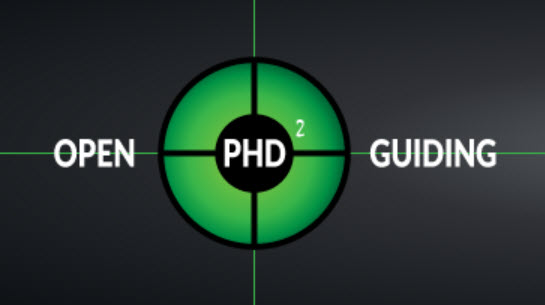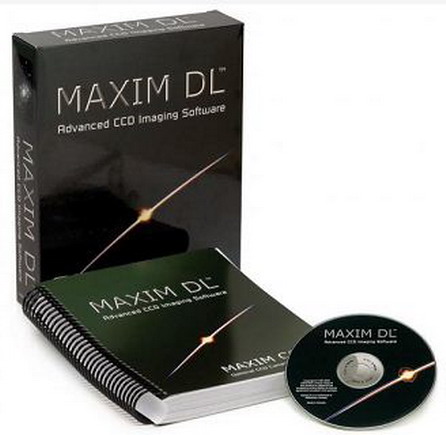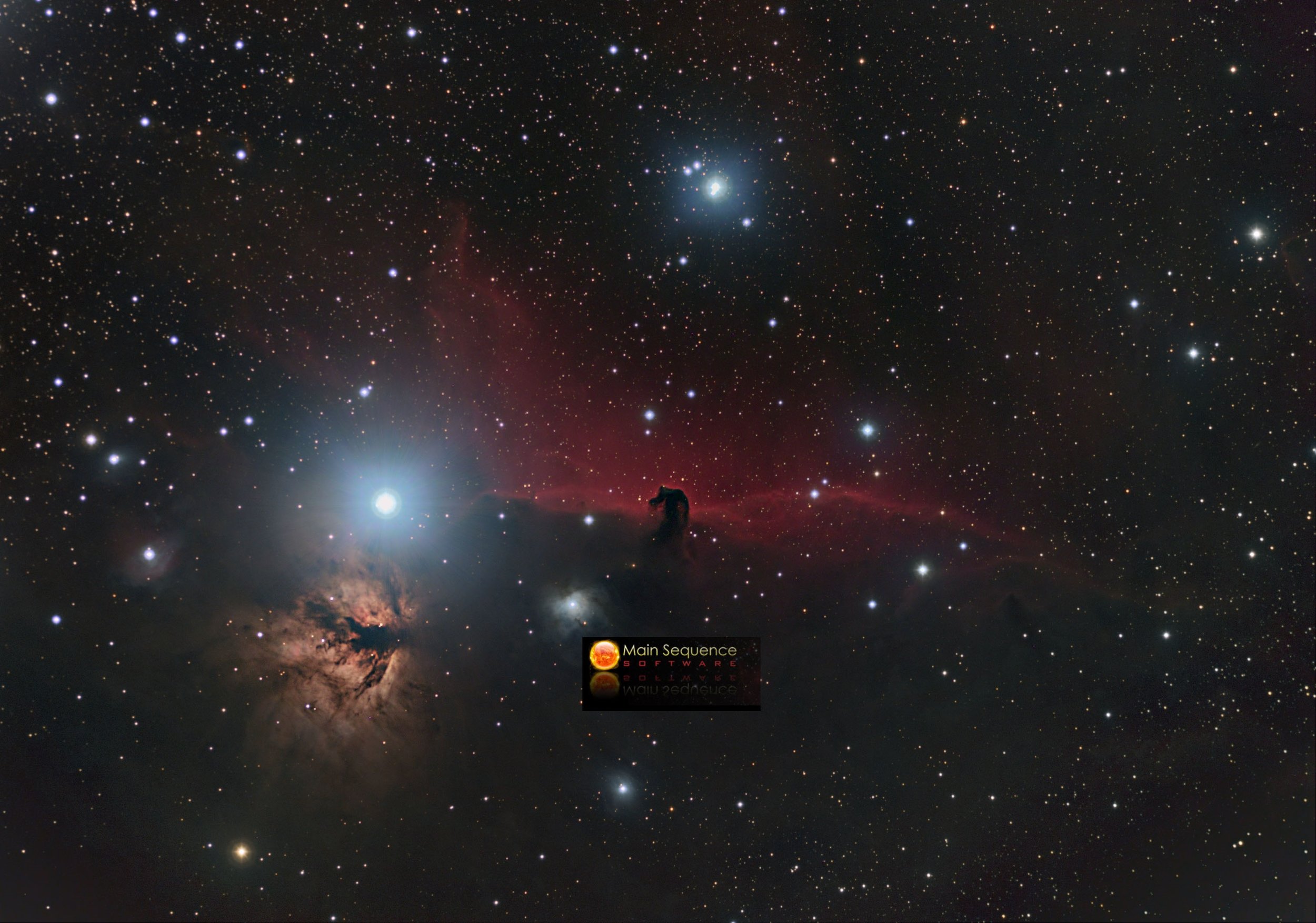Off Axis Guider Tutorial

I get asked a lot about whether its better to use a guide scope vs an Off Axis Guider or OAG and I really think its depends on your gear. First its important to discuss the differences
A guide scope is a separate scope mounted on your telescope to find a guide star and provide RA and Dec corrections while imaging with your main scope.
An Off Axis Guider is a piece of equipment added into your image train and uses your main scope to find a guide star.
Next we can look at the benefits and draw backs of each system.
As noted in the Pro’s and Con’s using a smaller focal length guide scope like a 50mm with a FL of 250mm your FOV is to wide for lets say a 2032 FL 8” SCT scope. You would have to have a perfectly aligned guide scope and even then you would need to pick a star close to the target to possibly get great guiding. If you select a star to far from your scope your main scope will be fighting your guider and your image will be pulled in the direction of the guide star as seen in the video below:
Now setting up an Off Axis Guider is fairly simple. As discussed previously your OAG will mount in front of or behind your Filter wheel. I recommend in front of the filter wheel, if you have a choice, so the filters don’t affect your ability of acquire a guide star.
Once the OAG is mounted to your Filter wheel you want to make sure the mirror rests just above your ccd as pictured below:
If your OAG is mounted at an angle you risk the OAG blocking or casting a shadow on your camera chip causing artifact in your image as seen below:
On the OAG there are 2 screw sets. You have the screw set that adjusts the height of the mirror and you have one that adjusts the position of the guide camera relative to the OAG mirror.
You want to set the mirror just above your camera chip. Some OAG’s like my starlight Xpress have a set “down” limit of the mirror as the filter wheel acts as a stop (See above image for a good mirror placement)
Now the camera adjustment is used to achieve focus and this is what we will discuss next.
CRITICAL NOTE: Your main scope MUST Be in Focus Prior to focusing your OAG Camera.
First focus your Main scope.
After reaching focus on your main scope adjust the guide camera up and down until you achieve focus with your guider camera.
If you focus your guide camera first and then focus your main scope your guide camera will be OUT OF FOCUS.
A few notes about using an OAG:
1) Your choices of guide stars will be greatly reduced. You only really need 1 star but some areas of the sky you may not see any.
2) Your guiding graph may seem all over the place compared to a guide scope but remember you are trying to guide at a large focal length so you may not get a flatlined graph
3) Your guiding FL will be the same as your main scope
Now if you just don’t like OAG’s then the general rule is to choose a guide scope that is at least 1/4 the focal length of your imaging scope. For instance if your focal length is 2032mm you want a guide scope with a focal length of at least 500mm. Also take into account the bigger the guide scope the more weight you are adding to your mount. So pay attention to your gear vs your mount payload capacity.


![image[1].png](https://images.squarespace-cdn.com/content/v1/5b3638258f51300267a7db62/1588289399782-GON4CK33B6CB1XS9931Q/image%5B1%5D.png)





